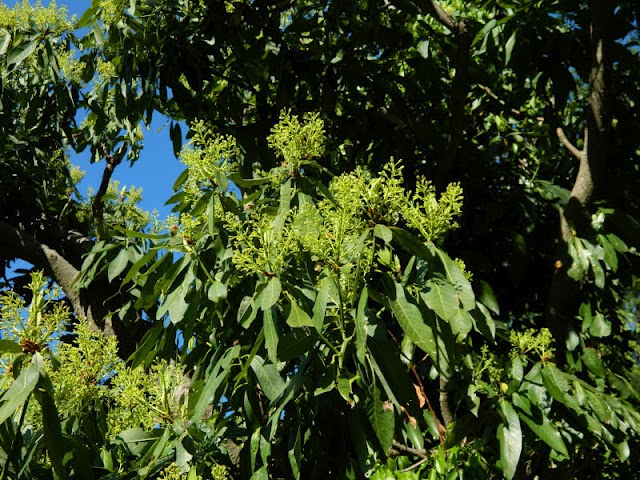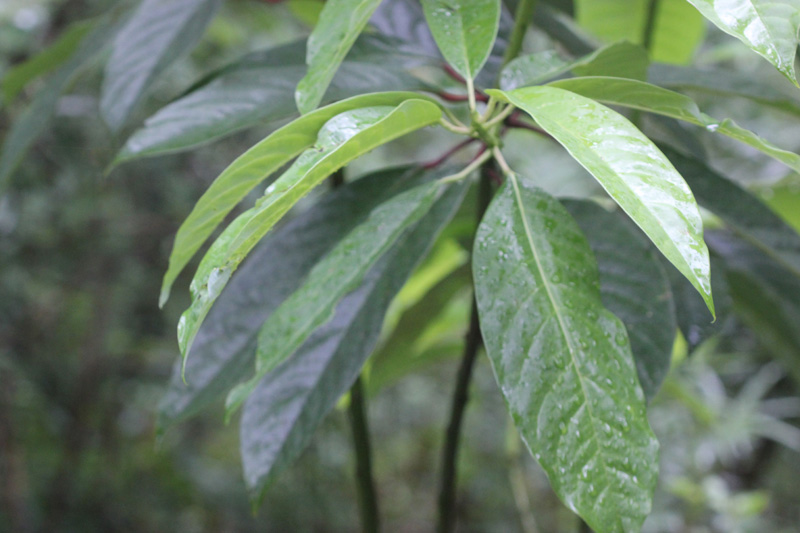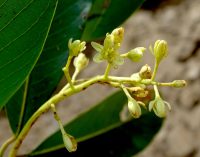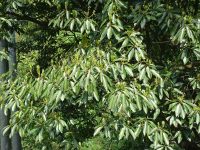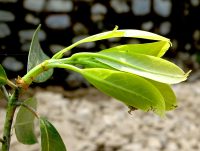Machilus duthiei King, Fl. Brit. India 5: 861 861 1890. (Syn: Persea duthiei (King) Kosterm.); . Pakistan (Swat, Hazara, Murree), Jammu & Kashmir (Poonch, Kashmir), N-India, Sikkim, Bhutan, Nepal, China (SW-Sichuan, Yunnan), SE-Tibet as per Catalogue of Life; . Kalatope Tree for id – Al041912: Is this tree Persea duthiei…?? Location Kalatope, Chamba Altitude 2100 mts Habit Tree Habitat wild Height 15 mts maybe more… Flowering season April It looks like Persea duthie, which is on flowering nowdays, and found in shady and moist jungle, ravine, I have taken many shots at the altitute of 2100m. Phoebe lanceolata is also on flowering but it is just Persea duthie
Agreed … New name is Persea duthiei Very nice upload of a Lauraceae member. . Piperaceae, Lauraceae and Thymelaeaceae Fortnight: Lauraceae-Persea duthiei for sharingg and validation -NS SEP 04 : 6 posts by 4 authors. Attachments (5). Leaves 5-10 inches long, lateral nerves 12-20 pairs indicate it as P.duthiei. It looks me Persea duthiei too.
I think this is not Litchi because leaf of Litchi is different from this plant. If not Litchi, could you identify the tree please? Agree with … It looks different from Litchi inflorescence and leaves. Could it be Avocado Tree, Persea Americana? Adding pictures of Persea americana, Avocado taken in Sri Lanka. Appears like Duthie’s Bay Tree Thanks for the id. It does look like it. 27122014GS2 another tree for ID from Uttarakhand-GSDEC14 : 5 posts by 3 authors. Attachments (2). 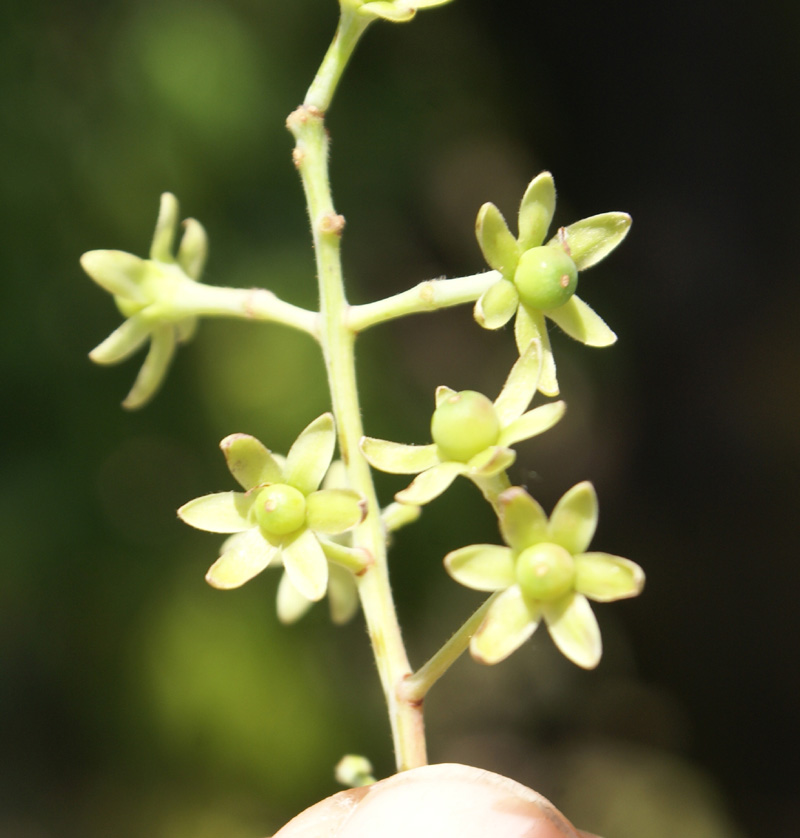  I think the same tree from Baijnath, photographed in April. Attachments (2). The tree is a Lauraceae member, must be Persea species. Yes …, Persea duthiei looking at globose young fruits.
Persea duthiei?? AT JAN 2017/03 : 4 posts by 2 authors. Attachments (1) Kindly confirm efi page on this species: Machilus duthiei I think appears close as per images of Machilus duthiei under thread: Celastraceae & Sapindaceae Fortnight : Sapindaceae : Litchi chinensis : For Validation : Uttarakhand : 070114 : AK-1 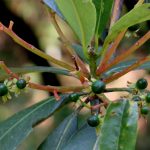   Persea duthei from Uttarakhand pl Validate-GS06112021-2: 3 images. Persea duthiei (King ex Hook. f.) Kostermans Distinguished from P. odoratissima in leaves with 10-20 pairs of lateral leaves, linear-oblong sepals, spreading in fruit and globose fruits. Photographed from Below Chopta, Uttarakhand, 31-5-2013 Accepted name Machilus duthiei King ex Hook.f Now it is back to Machilus duthie. . Location: Ranibari, Kathmandu Date: 21 March 2023 Altitude: 1370m. Habitat : Wild May be from lauraceae. To me appears close to images at I think this is Machilus edulis King ex Hook.f. I could not find its distribution in Nepal. Could it be Machilus duthiei King ex Hook.fil. ?? https://efloraofindia.com/species/a—l/l/lauraceae/machilus/machilus-duthiei Machilus duthiei has 14-20 pairs of lateral nerves of leaves, which it is not. This may be even a new species! I feel it looks different from GBIF specimens of Machilus edulis, both in leaves and inflorescence arrangement. I still it is more closer to images at https://efloraofindia.com/2012/05/03/machilus-duthiei/ (lateral nerves are also in the range of 14 or so) Here is the key to the species of Machilus in the Indo-Burmese region. Please help yourself. I still think that this plant may prove to be a distinct species, close to M. duthiei.
Correct Nepali Names : काठे काउलो Kaathe Kaaulo / माहिलो काउलो Maahilo Kaaulo
Location: Chandragiri, Kathmandu, Nepal Altitude: 1975m. Date : 8 April 2023 Habitat : Wild Lauraceae for ID ! Very close to Persea macrantha Machilus again, if not Phoebe (distinguishable by fruits only). I will check the species. If the ID is correct according to …, new name should be Machilus glaucescens Wight ?? Machilus odoratissima Nees. Why not Machilus duthiei King ? Please consult the key to the species of Machilus which I sent earlier and you will have your species. I consulted these. To me, leaf nerves look like 16 or more. . References: |
Machilus duthiei
Updated on December 24, 2024






